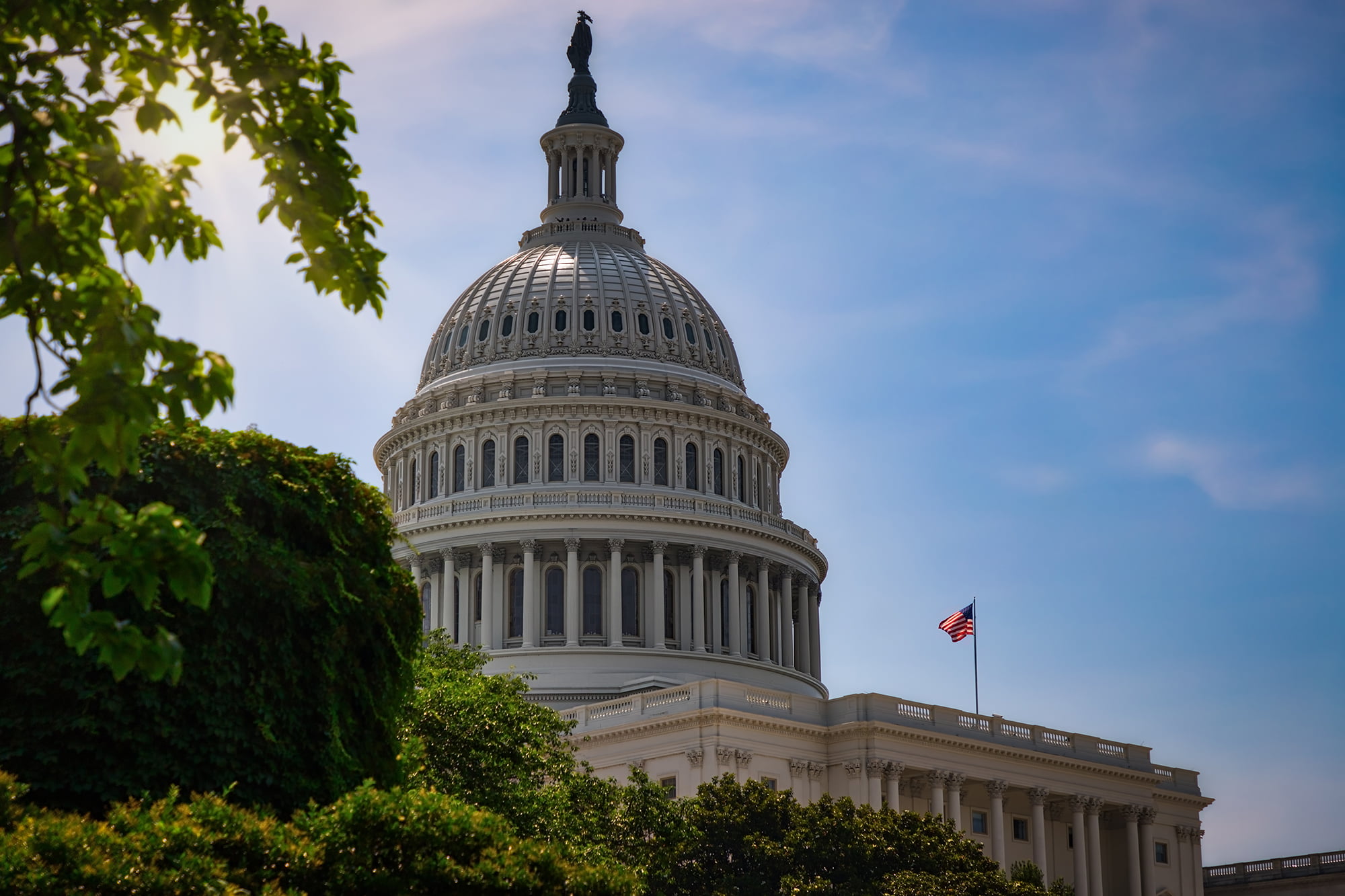
Federal Proposals for Mandatory Programs to Close the Coverage Gap
Recent federal proposals to close the coverage gap have focused on a broad solution, like a national auto-IRA program, but have failed to gain any significant traction.
| Year | Description | Outcome |
| 2009-2016 | Auto-IRA The President’s budget included a national auto-IRA plan, conceptually similar to those that several states have adopted. Employers with more than 10 workers and no retirement plan would be required to automatically enroll workers at a 3-percent contribution rate with workers allowed to opt out. | No action by Congress. |
| 2014 | USA Retirement Funds Act (S.1979) (Sponsor: Senator Tom Harkin, D-IA) Employers with more than 10 workers and no plan would be required to either begin offering an auto-enrollment plan with a life-time income option or participate in the USA program. The USA program would automatically enroll workers at a 6-percent contribution rate, with workers allowed to opt out. Employers would be allowed to make a matching contribution. Self-employed workers would also be allowed to participate. Contributions would be invested in a commingled portfolio, so the individual would not make any investment decisions. Payments at retirement would be in the form of an annuity. | Referred to Committee on Health, Education, Labor, and Pensions. No action. |
| 2016 | SAVE UP Act (H.R.5731) (Sponsor: Representative Joseph Crowley, D-NY) Employers with 10 or more workers and no plan would be required to auto-enroll workers in a retirement account at a 3-percent contribution rate (eventually increasing to 5 percent), with workers allowed to opt out. Employers would be required to contribute 50 cents per hour to this account, with this amount increasing with wage growth. | Referred to Committee on Ways and Means. No action. |
| 2017 | Automatic Retirement Plan Act of 2017 (H.R.4523) (Sponsor: Representative Richard Neal, D-MA) Employers in operation for at least three years with more than 10 workers would be required to establish a 401(k) or 403(b) retirement plan. Workers would be automatically enrolled at a default contribution rate of 6 percent, with contributions automatically escalating by 1 percentage point per year up to 10 percent. Workers would be allowed to opt out. | Referred to Committee on Ways and Means, and Committee on Education and the Workforce. No action. |
| 2019 | Automatic IRA Act of 2019 (S.2370) (Sponsor: Senator Sheldon Whitehouse, D-RI) This bill is broadly similar to other auto-IRA proposals and the state initiatives. It would require employers with more than 10 workers and without a plan to automatically enroll their workers at a contribution rate of 3 percent (or at a rate determined by the Secretary of the Treasury between 2 percent and 6 percent), with workers allowed to opt out. | Referred to Committee on Finance. No action. |
| 2021 | Automatic IRA provision (H.R. 5376: Build Back Better Act) (Sponsor: John A. Yarmuth, D-KY) This bill would require employers with more than 5 workers and without a plan to automatically enroll their workers in an IRA at an initial contribution rate of 3 percent, with auto-escalation to 6 percent. Workers would be allowed to opt out. The bill would also allow for a Saver’s Credit of up to $500 to be deposited into a participant’s account. | Approved by Committee on Ways and Means. No further action. |
| 2023 | Retirement Savings for Americans Act of 2023 (H.R.6065, S.3102) (House Sponsors: Lloyd Smucker, R-PA and Terri Sewell, D-AL) Senate Sponsors: John Hickenlooper, D-CO and Thom Tillis, R-NC) This bill would provide access to a payroll-deduction retirement saving plan for workers without an employer plan. It would automatically enroll them at a 3-percent contribution rate. Low- and moderate-income workers would be eligible for a 1-percent automatic contribution and up to a 4-percent matching contribution via a refundable federal tax credit (which would begin to phase out at the median income). | Referred to House Committees on Education & the Workforce and Ways & Means; and Senate Committee on Finance. |
| 2024 | The Automatic IRA Act of 2024 (H.R. 7293) (Sponsor: Richard E. Neal, D-MA) This bill would require employers with more than 10 workers and without a plan to automatically enroll their workers in an IRA at an initial contribution rate of 6 percent, with auto-escalation to 10 percent (at a rate of 1 percentage point per year). Workers would be allowed to opt out. Automatic IRAs would also be made available to gig workers, the self-employed, and contractors | Referred to Committee on Ways & Means. |




